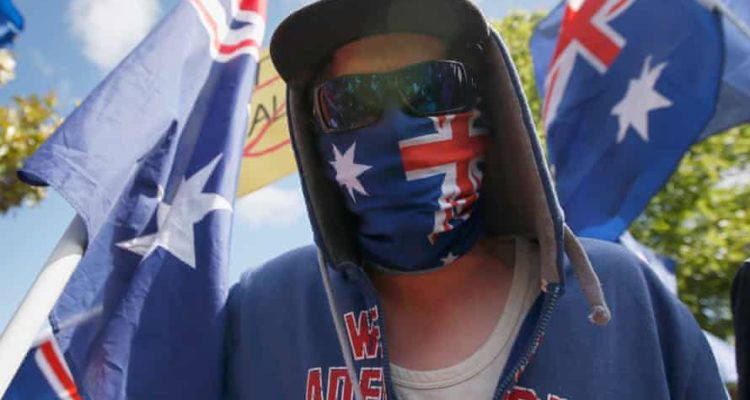When Anders Breivik murdered 77 people in a terrorist attack in Norway in July 2011, he ushered in a new set of challenges for domestic security agencies around the world. Much of the initial investigation into his crimes focused on the extent to which he was part of a network, yielding few solid connections with far-right groups despite his detailed manifesto decrying the supposed evils of multiculturalism and feminism.
Brenton Tarrant’s 2019 massacre of 51 Muslims gathered for prayer in Christchurch brought this challenge closer to home for Australians. Like Breivik, Tarrant committed his heinous murders alone, drawing inspiration from Breivik’s example and online narratives of a white race under perpetual threat.
In their “Nazis Next Door” series of reports, Nick McKenzie and Joel Tozer have uncovered the activities of those Australians who see Tarrant as a hero. The attempts of these groups to organise are often hampered by fragmentation and competing egos, but the groups are also communities of opportunity, coalescing under different names and badges, only to disperse in response to the scrutiny of police and intelligence agencies. We have already seen the ghastly consequences of just one person in such communities moving from rhetoric to armed terrorism.
Mike Burgess, the director-general of national security agency ASIO, highlighted the threat of a lone actor on the fringes of such a group, telling our reporters that “50 per cent of our priority onshore counter-terrorism caseload” involves neo-Nazi and other ideologically motivated groups. His agency’s attempt to track such groups will return us to long-running debates about the extent to which authorities should have access to our encrypted communications.
Read the editorial in The Age.



